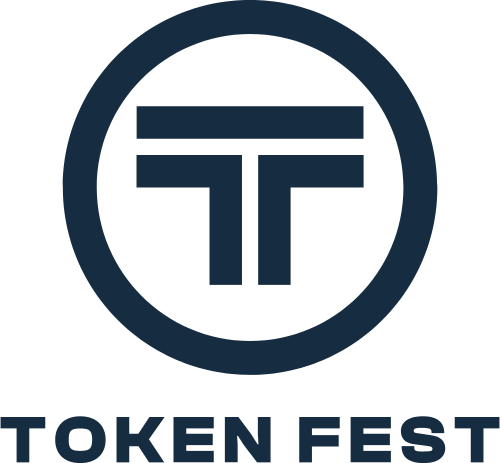Key Takeaways
- Decentralized Digital Currency: Bitcoin (BTC) is a peer-to-peer digital currency that operates without central authority, enabling direct transactions between users.
- Blockchain Technology: Transactions are recorded on a public ledger called the blockchain, ensuring transparency and security.
- Limited Supply: Bitcoin has a maximum supply of 21 million coins, contributing to its scarcity and potential value appreciation.
- Mining Process: New bitcoins are introduced into circulation through mining, where miners solve complex mathematical problems to validate transactions.
- Investment and Adoption: Bitcoin has gained recognition as “digital gold,” with increasing adoption by individuals and institutions as both a currency and an investment asset.
Bitcoin, introduced in 2009 by the pseudonymous Satoshi Nakamoto, has revolutionized the financial landscape by offering a decentralized alternative to traditional currencies. This guide aims to provide beginners with a comprehensive understanding of Bitcoin, its underlying technology, and its significance in today’s economy.
Understanding Bitcoin
What Is Bitcoin?
Bitcoin is a digital currency that allows individuals to send and receive payments without the need for intermediaries like banks. It operates on a decentralized network, meaning no single entity has control over it. This decentralization ensures that transactions are censorship-resistant and transparent.
The Genesis of Bitcoin
In 2008, amidst the global financial crisis, a whitepaper titled “Bitcoin: A Peer-to-Peer Electronic Cash System” was published by an individual or group under the name Satoshi Nakamoto. This document laid the foundation for Bitcoin, emphasizing the need for an electronic payment system based on cryptographic proof rather than trust.
How Bitcoin Works
Blockchain Technology
At the heart of Bitcoin is the blockchain—a public, immutable ledger that records all transactions. Each block contains a list of transactions, and once added to the chain, it becomes a permanent record. This structure ensures that transactions are transparent and tamper-proof.
Transactions and Mining
When a user initiates a Bitcoin transaction, it is broadcast to the network and grouped into a block. Miners then compete to solve a complex mathematical puzzle, and the first to solve it gets the right to add the block to the blockchain. In return, the miner is rewarded with newly created bitcoins—a process known as mining. This not only introduces new bitcoins into circulation but also secures the network.
The Economics of Bitcoin
Limited Supply and Halving Events
Bitcoin’s protocol dictates a maximum supply of 21 million coins. To control the issuance rate, the network undergoes “halving” events approximately every four years, reducing the mining reward by half. The most recent halving occurred in April 2024, decreasing the reward to 3.125 BTC per block. Investopedia
Market Dynamics
Bitcoin’s price is influenced by supply and demand dynamics. Its limited supply, combined with increasing demand, has led to significant price appreciation over the years. However, it’s essential to note that the market is highly volatile, with prices subject to rapid fluctuations.
Bitcoin’s Price Performance
As of April 11, 2025, Bitcoin is trading at approximately $82,869.53. The average closing price for the month is $83,650.38, marking a 1.6% increase.
Source: StatMuse
Analysts have varying predictions for Bitcoin’s future price. Some foresee a potential rise towards the $90,000–$95,000 range, citing historical patterns and increased demand. Conversely, others caution about possible declines due to external factors like geopolitical tensions and market corrections.
Storing and Using Bitcoin
Wallets
To store Bitcoin, users need a digital wallet, which can be categorized into:
- Hot Wallets: Connected to the internet; convenient but more susceptible to hacks.
- Cold Wallets: Offline storage; offers enhanced security against online threats.
Choosing the right wallet depends on individual preferences for security and accessibility.
Making Transactions
Bitcoin transactions involve sending coins from one wallet address to another. Each transaction is verified by the network and recorded on the blockchain. It’s crucial to double-check addresses and transaction details, as Bitcoin transactions are irreversible.
Bitcoin’s Global Impact
Bitcoin has garnered attention worldwide, with some countries embracing it more than others. For instance, El Salvador recognized Bitcoin as legal tender in 2021, showcasing its potential as a mainstream currency. Additionally, Bitcoin’s decentralized nature offers financial inclusion to unbanked populations and serves as a hedge against inflation in economies with unstable fiat currencies. Wikipedia
The Future of Bitcoin
The trajectory of Bitcoin remains a topic of debate among experts. While some anticipate continued growth and integration into the global financial system, others highlight challenges such as regulatory scrutiny and competition from other cryptocurrencies. Nonetheless, Bitcoin’s pioneering role in the crypto space and its potential to reshape financial paradigms cannot be understated.
Note: This article reflects market conditions and forecasts as of April 13, 2025. Crypto markets are inherently volatile. Readers are encouraged to do their own research before making investment decisions.

Alma Sarah is a freelance writer and marketing consultant. Alma specializes in content marketing, SEM, SEO and social media strategy. When she’s not writing, Alma enjoys hanging out with friends, cooking, and spending time with her family.





